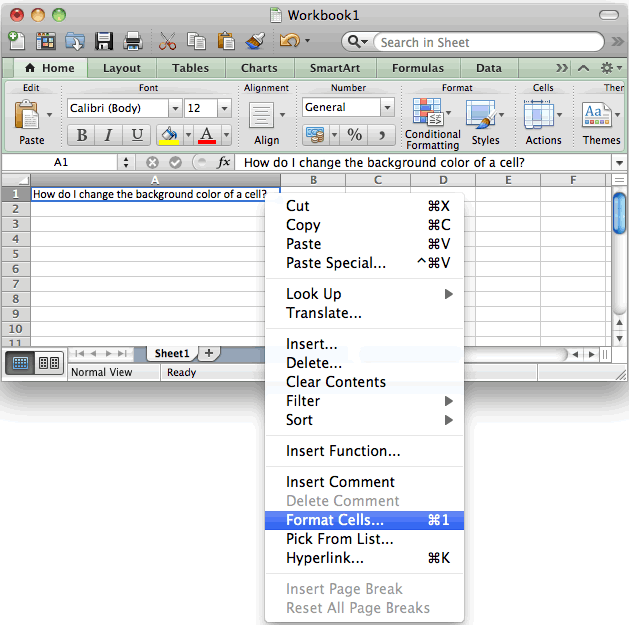New Hire Paperwork Duration: What to Expect

Embarking on a new job can be exhilarating, but it also involves a host of administrative tasks. One of the critical steps in this process is completing the necessary new hire paperwork. Understanding the timeline and requirements of this procedure can help you prepare effectively. Here’s what you can expect when it comes to the duration and scope of new hire paperwork:
Initial Contact and Document Collection

The new hire onboarding process often begins before your official start date. Here’s how the timeline unfolds:
- Pre-Employment Paperwork: Typically, you’ll receive pre-employment paperwork to complete. This might include background check forms, non-disclosure agreements (NDAs), and basic personal information.
- Time Frame: Expect to receive these forms anywhere from a few days to a week before your start date. Most companies give you 2-3 days to return them to avoid delays.
💡 Note: Ensure all forms are filled out accurately and completely to prevent any issues or delays.
First Day Paperwork

On your first day, the new hire paperwork continues:
- Employee Handbook Acknowledgement: Reviewing and acknowledging the company’s policies, codes of conduct, and other regulations.
- Tax Forms: Forms like the W-4 for federal tax withholding, state tax forms, and the I-9 form for employment eligibility verification.
- Benefits Enrollment: If applicable, paperwork related to health insurance, retirement plans, and other employee benefits.
- Direct Deposit Authorization: To set up your payment into your bank account.
Time Frame: This initial round of documents might take around 1-2 hours on your first day, depending on the company’s size and the complexity of the benefits offered.
📝 Note: Having your social security number, bank account details, and any prior employment records handy can speed up the process.
Ongoing Paperwork

Even after the first day, there might be:
- Training and Certification Forms: Completing necessary training or certifications, which could involve signing off on completion.
- Company-Specific Forms: Such as safety training, IT policies, or other department-specific requirements.
- Time Frame: This process might take several days or weeks, depending on the intensity of the training and the company’s internal procedures.
Managing the Paperwork

Here are some strategies to manage this paperwork effectively:
- Organize: Keep all your documents in one folder or digital space for easy access.
- Ask Questions: If anything is unclear, ask HR or your supervisor for clarification to ensure you understand the terms.
- Be Prompt: The faster you complete forms, the quicker you can focus on your job roles and responsibilities.
🔍 Note: Always retain copies of all signed documents for your records.
In summary, the process of handling new hire paperwork involves multiple stages, from pre-employment forms to ongoing tasks during your early days at work. While the duration can vary, preparing in advance, asking questions, and staying organized can help streamline the process. Remember, this paperwork is a crucial step towards your integration into the company culture and workflow, ensuring compliance and setting a solid foundation for your employment relationship.
What should I do if I miss the deadline for returning my pre-employment paperwork?

+
Contact HR immediately to explain the situation and request an extension or guidance on what to do next. Companies understand that life events can occur, but they need to know you are proactive in resolving any delays.
Are there any penalties for filling out new hire paperwork incorrectly?

+
While there might not be “penalties” in the strictest sense, inaccurate paperwork can lead to delays in your onboarding process, miscommunication, or even issues with payroll and benefits. It’s important to fill out forms carefully.
Can I submit new hire paperwork electronically?

+
Yes, many companies now use electronic systems like DocuSign for the submission of documents to streamline the process. Confirm with HR if electronic submission is accepted and how to proceed.



